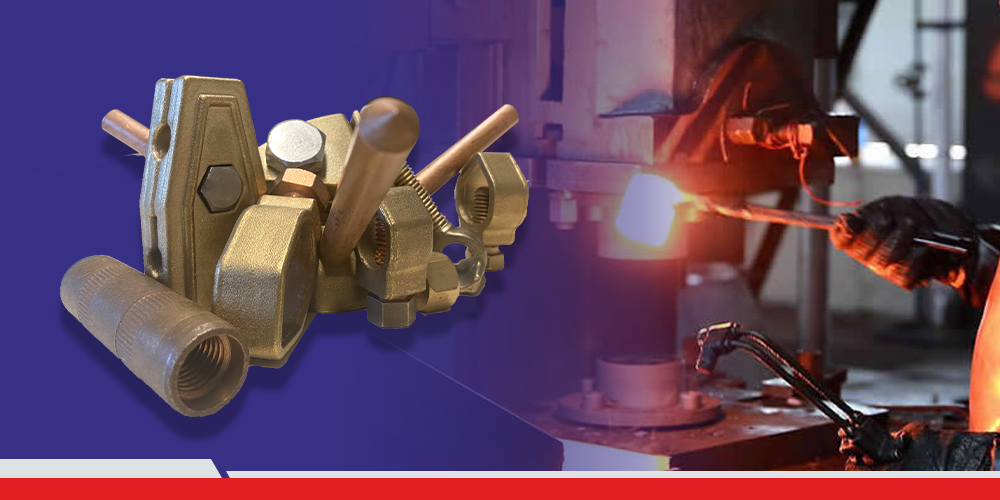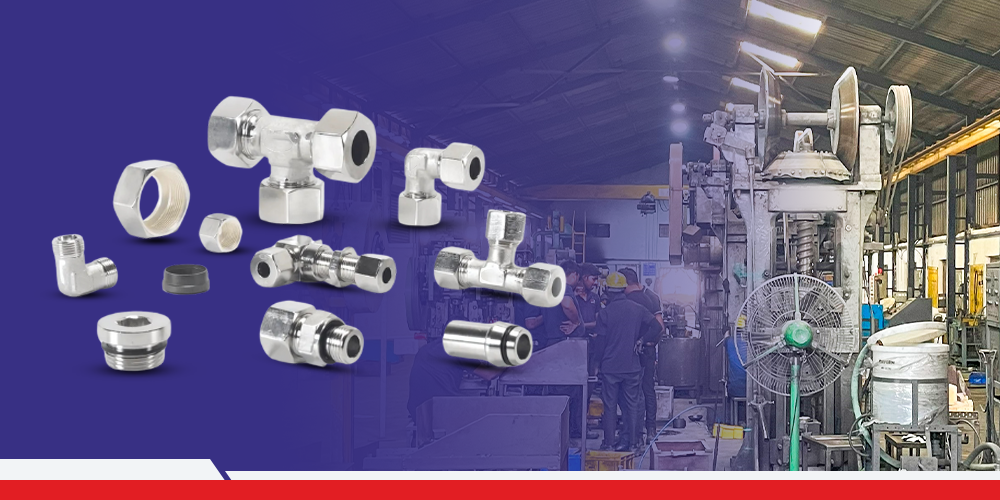Sales Inquiry
Overcoming Challenges in Forging a Component for the Defense Industry

The Project:
In the pursuit of excellence, IQS undertook the formidable task of forging a component for the defence industry. The complexities of this endeavour were amplified by stringent quality standards, the need for precision, and the critical nature of the final product.
Our client went around the market for 18 months, searching for a company that could manufacture the product according to their specific needs. Their endeavours met with disappointment, as none of the earlier pursuits could get the product rid of shortcomings like porosity, right hardness issues, cracks, and under-filling.
When they approached us with their requirements and the shortcomings they have been facing, we accepted it as a challenge and were determined to deliver a product that fits their stringent quality requirements. Our client went as far as to claim that the product has become an impossible feat to achieve and that we might not be able to make it. This only motivated us to work harder and deliver the product, as we, at IQS, believe in achieving the impossible.
What were the challenges?
The component was a crucial part of a missile and housed explosives for launching. The exact dimensions, capacity to handle the temperature, and right degree of hardness were of paramount importance, and failing to achieve any one of them could potentially lead to an on-spot blast with fatal consequences for our own army personnel operating it.
Steps to development:
Analysis:
Understanding this crucial issue and what was at stake, we started having Cross Functional Team (CFT) meetings, to come up with a proper plan to forge the component from the inception of the design to the finishing of the product
Design process:
After receiving the report from the CFT meetings, the design process for the die was set into motion. A series of computer simulations were used to come up with a perfect design. The iterations kept happening when we found faults with the tool design, keeping in mind the different operations that were supposed to be done on the die for forging. Our input of operations brought new errors, and we kept iterating till we felt confident about our die design withstanding all the operations.
Once the die design was confirmed, programming for die making was done and supplied to the VMC machine, which makes the die or mould. The die-making process is arduous, taking at least 7-8 hours to finish, and a minor fault could cause the entire process to fail, bringing us back to square one.
Die Design:
The die or mould is made in a set of two parts. There is a top part and a bottom part, in between which goes the material for forging the product. One of the most important aspects of the design is to make gutters from which the extra material, or flash, could move out giving way to a perfect component. A vigilantly designed gutter also helps in achieving better quality assurance.
Material Selection:
The information about the type and grade of material to be used was provided by the client. It was within the constraints of the specific material that we were supposed to achieve the optimum hardness for the product, avoiding any chance of cracks and underfilling.
Forging:
After the selection of the material and the setting up of the die or mould, the process of forging begins. As we went about making sample pieces for the client, we faced a challenge in terms of temperature management. The heating of the forged product needed to be done with the utmost precision to avoid any chances of brittleness. Even though the simulation had managed the process, the on-ground issue was blaringly obvious, and here our years of cumulative experiences with the forging of different kinds of materials came to our rescue, and we figured out an ideal heating-temperature management model to avoid brittleness and unnecessary porosity.
Quality Assurance:
Meeting the rigorous quality standards of the defence industry was non-negotiable, and our forged product had to go through a series of quality assurance checks on the anvil of the defence industry. A battery of tests was done, and our sample products met every stringent requirement of our client.
Deadline Challenge:
After the sample was approved by the client, the process of production was to be set in motion. The client threw another challenge at us, proposing that they needed 2000 pieces within 8–10 days. The die has a life due to the constant forging and the number of operations performed on it. The integrity, dimensions, and other factors might get compromised in continuous forging using the die. So the challenge of producing 2000 pieces in the limited time was a difficult one, but as we, at IQS, believe in pushing boundaries and providing complete customer service, we decided to work tirelessly to achieve the deadline. Our dedicated team worked for 48–72 hours straight to continue production and deliver within the stipulated time.
Packaging and Delivery:
Finally, the product was made within the stipulated time, and our team took extreme care in packaging and delivering the sensitive product to our client, keeping in mind the importance of the product for our national security.
Conclusion:
This journey in forging a component for the defence industry epitomises our determination, expertise, and relentless commitment to excellence. Through collaborative efforts, innovative approaches, and unwavering dedication, we overcame complex challenges and achieved targets. This case study stands as a testament to our capabilities, positioning IQS as one of the driving forces in the non-ferrous metal forging sector.






